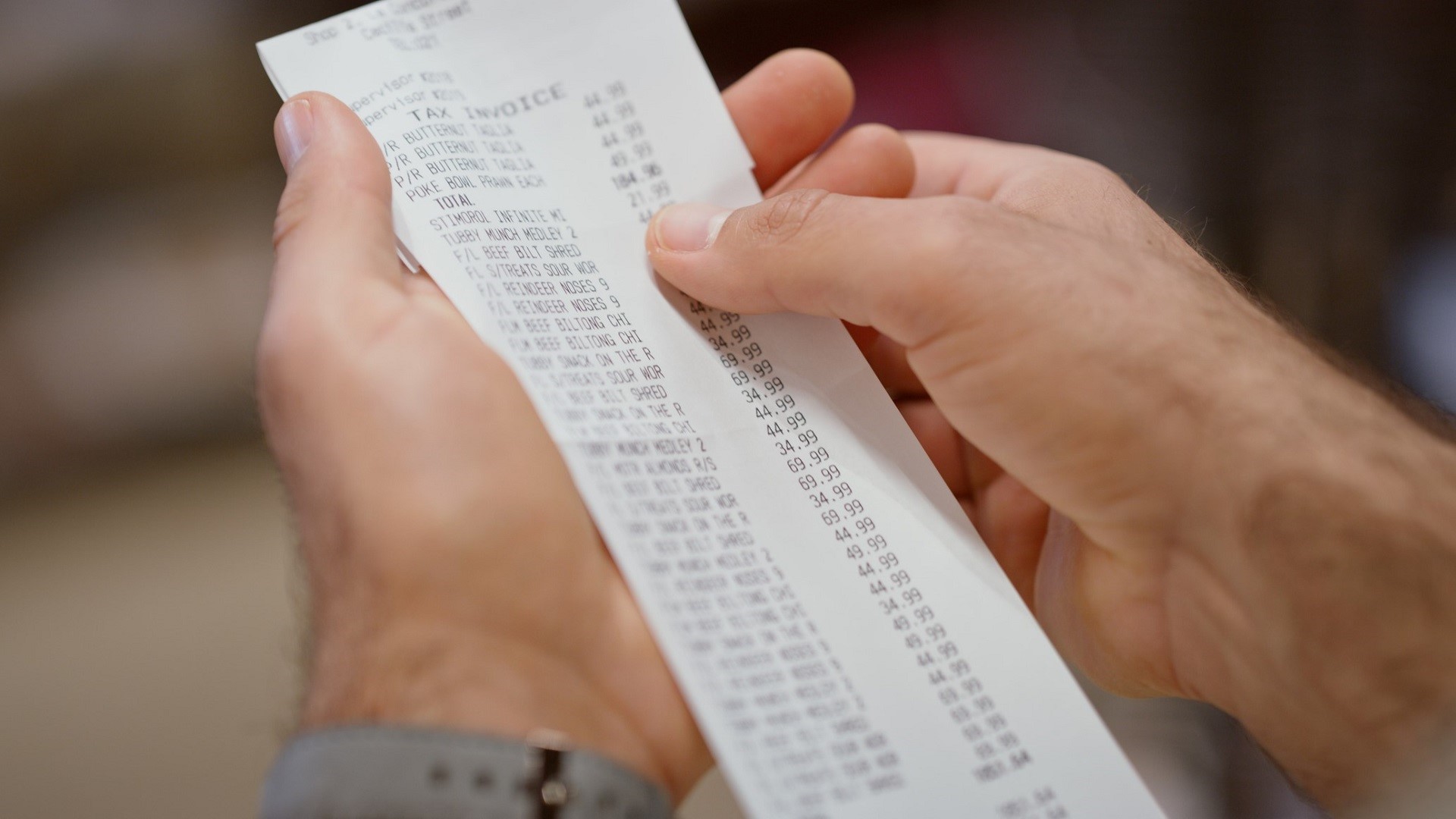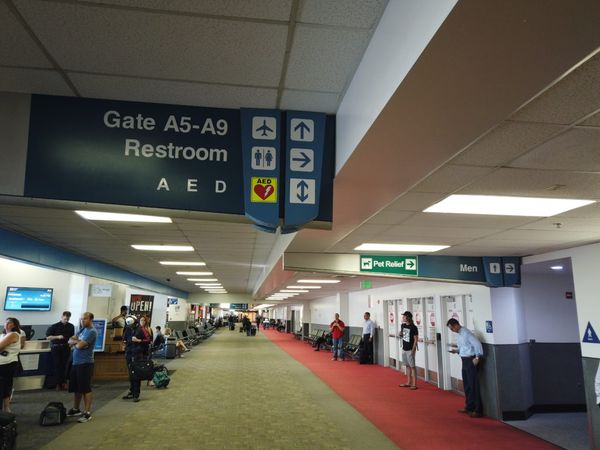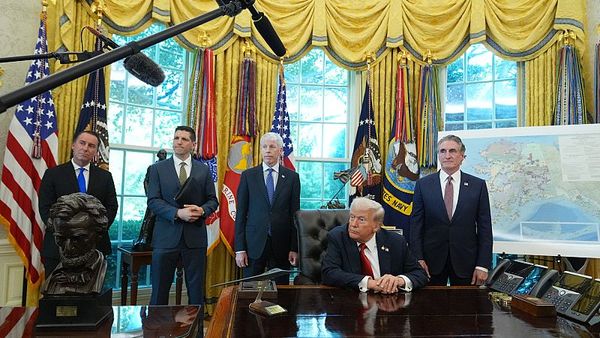
A blanket 10% reciprocal tariff issued by President Donald Trump took effect April 5, with more slated to roll out on Aug. 1. So far, prices haven’t surged — but that’s likely to change.
Find Out: Trump Wants To Replace Income Taxes With Tariffs: 2 Impacts on the Middle Class
Read Next: 4 Affordable Car Brands You Won't Regret Buying in 2025
GOBankingRates spoke with Lauren Saidel-Baker, an economist at ITR Economics, about why prices have yet to spike, when they will and how far they are expected to climb.
Why Prices Haven’t Surged Yet
We never expected that prices would immediately rise by the full extent of the tariffs imposed.
In some cases, importers absorb at least a portion of the cost. In many cases, excess inventory has been brought into the U.S. in anticipation of these tariff announcements and there will be a lag while that lower-cost inventory is available.
While the impact of tariffs on pricing varies materially on a microeconomic scale, it tends to be smaller on a macroeconomic scale. The supply chain is relatively neutral currently, and stable financial conditions have permitted consumers to shift spending behaviors such that the aggregate effect of tariffs on overall consumer prices has been minimal thus far.
The overall consumer price index also includes housing and services, which are more insulated from tariffs.
Learn More: I Asked ChatGPT What the Point of Trump’s Tariffs Are: Here’s What It Said
When Tariffs Will Start Raising Prices
The impact will be gradual, rather than a one-time step-up in prices. Moreover, other fundamental factors — including both fiscal and monetary policy — will also drive inflation in the coming quarters, making the impact of tariffs harder to differentiate.
Trends in the inflation-adjusted U.S. M2 Money Supply indicate that the effective amount of money in circulation is rising. Recent results from the Chicago Fed’s National Financial Conditions Index also bode well for consumer and business spending, suggesting a modest loosening in financial conditions.
These developments, combined with our outlook for a gradual increase in economic activity support our expectation for rising inflationary pressures ahead. Plan for growing demand for goods and services to amplify inflationary pressures through mid-2026.
How Much More You Might Pay
We do not forecast imported goods specifically but expect the 2025 U.S. consumer price index to be 2.8% higher than the 2024 level.
More From GOBankingRates
- 7 McDonald's Toys Worth Way More Today
- 5 Old Navy Items Retirees Need To Buy Ahead of Fall
- 4 Things You Should Do When Your Salary Hits $100K
- 9 Downsizing Tips for the Middle Class To Save on Monthly Expenses
This article originally appeared on GOBankingRates.com: I’m an Economist: Here’s When Tariff Price Hikes Will Start Hitting Your Wallet







